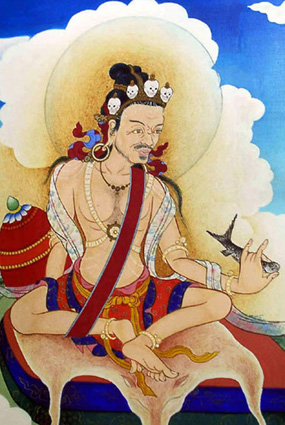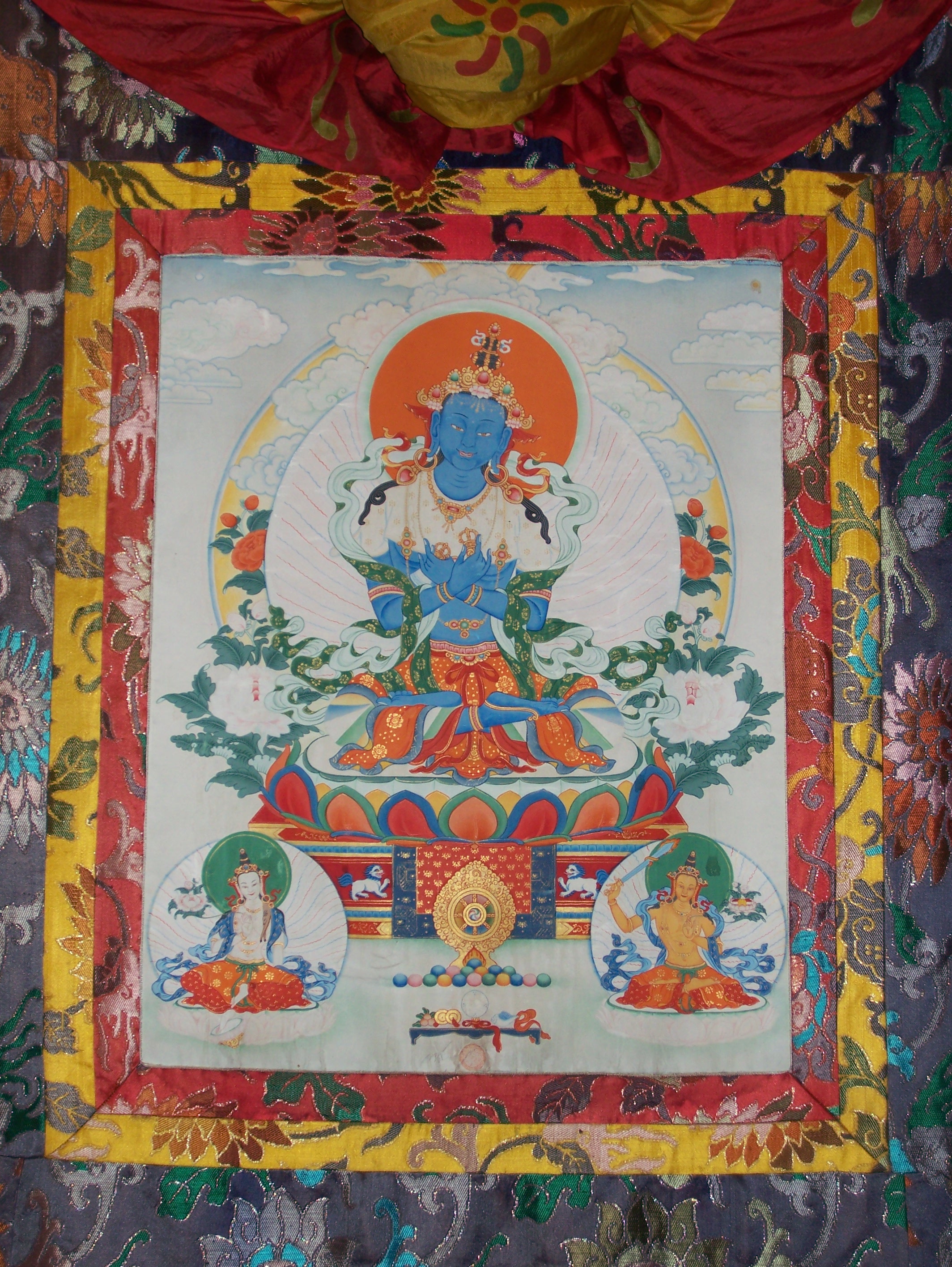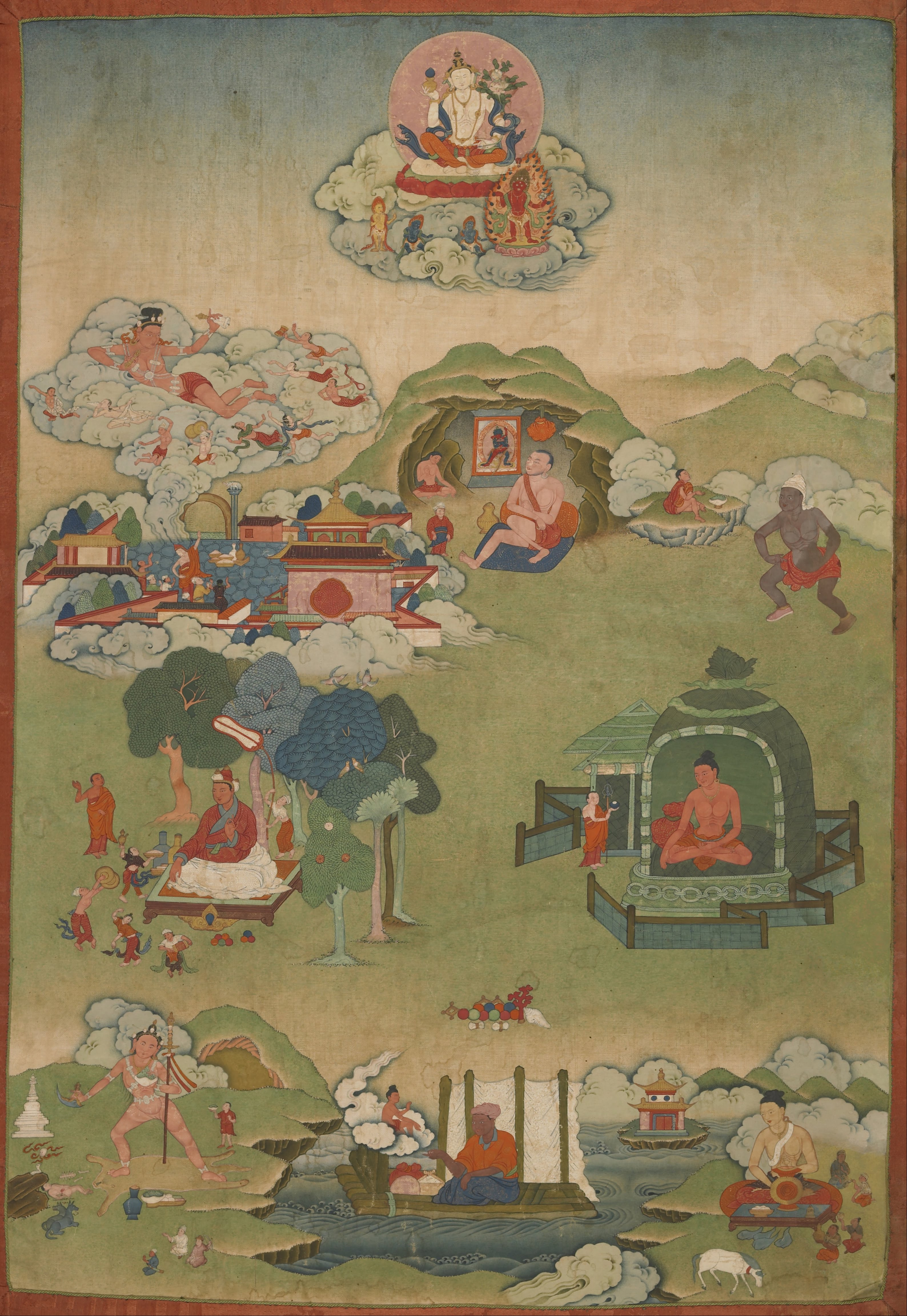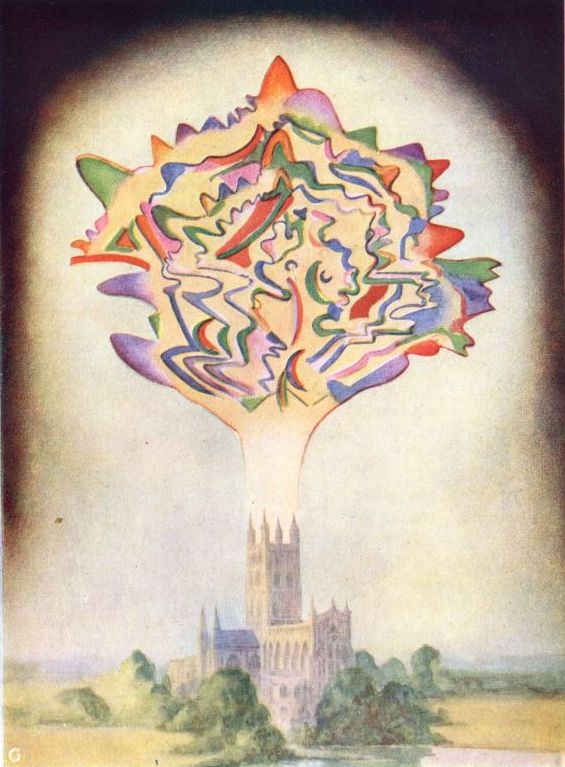|
Dream Yoga
Dream yoga or ''milam'' (; sa, स्वप्नदर्शन, ''svapnadarśana'')—the Yoga of the Dream State—is a suite of advanced tantric sadhana of the entwined Mantrayana lineages of Dzogchen ( Nyingmapa, Ngagpa, Mahasiddha, Kagyu and Bönpo). Dream yoga consists of tantric processes and techniques within the trance Bardos of Dream and Sleep ( bo, script=latn, mi-lam bardo) Six Dharmas of Naropa. In the tradition of the tantra, the dream yoga method is usually passed on by a qualified teacher to his/her students after necessary initiation. Various Tibetan lamas are unanimous that it is more of a passing of an enlightened experience rather than any textual information. The 'dream body' and the 'bardo body' have been identified with the 'vision body' (Tibetan: ''yid lus''): In the yoga of dreaming (''rmi lam, *svapna''), the yogi learns to remain aware during the states of dreaming (i.e. to lucid dream) and uses this skill to practice yoga in the dream. Bon Nyi ... [...More Info...] [...Related Items...] OR: [Wikipedia] [Google] [Baidu] |
Nyingma
Nyingma (literally 'old school') is the oldest of the four major schools of Tibetan Buddhism. It is also often referred to as ''Ngangyur'' (, ), "order of the ancient translations". The Nyingma school is founded on the first lineages and translations of Buddhist scriptures from Sanskrit into Tibetan in the eighth century, during the reign of King Trisong Detsen (r. 710–755). Nyingma traditional histories consider their teachings to trace back to the first Buddha Samantabhadra (Güntu Sangpo) and Indian mahasiddhas such as Garab Dorjé, Śrī Siṃha and Jñānasūtra. Traditional sources trace the origin of the Nyingma order in Tibet to figures associated with the initial introduction of Buddhism in the 8th century, such as Padmasambhava, Yeshe Tsogyal, Vimalamitra, Vairotsana, Buddhaguhya and Śāntarakṣita, Shantaraksita. The Nyingma tradition is also seen having been founded at Samye, Samyé, the first monastery in Tibet. Nyingma teachings are also known for having be ... [...More Info...] [...Related Items...] OR: [Wikipedia] [Google] [Baidu] |
Kham
Kham (; ) is one of the three traditional Tibetan regions, the others being Amdo in the northeast, and Ü-Tsang in central Tibet. The original residents of Kham are called Khampas (), and were governed locally by chieftains and monasteries. Kham presently covers a land area distributed between five regions in China, most of it in Tibet Autonomous Region and Sichuan, with smaller portions located within Qinghai, Gansu and Yunnan provinces. Densely forested with grass plains, its convergence of six valleys and four rivers supported independent Kham polities of Tibetan warrior kingdoms together with Tibetan Buddhist monastic centers.Jann Ronis"An Overview of Kham (Eastern Tibet) Historical Polities" The University of Virginia The early trading route between Central Tibet and China traveled through Kham, and Kham is said to be the inspiration for Shangri-La in James Hilton's novel. Settled as Tibet's eastern frontier in the 7th century, King Songtsen Gampo built temples along its ea ... [...More Info...] [...Related Items...] OR: [Wikipedia] [Google] [Baidu] |
Tilopa
Tilopa (Prakrit; Sanskrit: Talika or Tilopadā; 988–1069) was an Indian Buddhist monk in the tantric Kagyu lineage of Tibetan Buddhism. He lived along the Ganges River, with wild ladies as a tantric practitioner and mahasiddha. He practiced Anuttarayoga Tantra, a set of spiritual practices intended to accelerate the process of attaining Buddhahood. He became a holder of all the tantric lineages, possibly the only person in his day to do so. As well as the way of insight, and Mahamudra he learned and passed on the Way of Methods, today known as the 6 Yogas of Naropa, and guru yoga. Naropa is considered his main student. Life Tilopa was born into the priestly caste – according to some sources, a royal family – but he adopted the monastic life upon receiving orders from a dakini (female buddha whose activity is to inspire practitioners) who told him to adopt a mendicant and itinerant existence. From the beginning, she made it clear to Tilopa that his real parents were ... [...More Info...] [...Related Items...] OR: [Wikipedia] [Google] [Baidu] |
Vajradhara
Vajradhara (Sanskrit: वज्रधर. (Also, the name of Indra, because 'Vajra' means diamond, as well as the thunderbolt, anything hard more generally) Tibetan: རྡོ་རྗེ་འཆང། rdo rje 'chang (Dorje Chang); zh, t=金剛總持, p=Jīngāng zǒng chí; Javanese: Kabajradharan; Japanese: 持金剛仏; English: Diamond-holder; Vietnamese: Kim Cang Tổng Trì) is the ultimate primordial Buddha, or Adi-Buddha, according to the Sakya, Gelug and Kagyu schools of Tibetan Buddhism. In the evolution of Indian Buddhism, Buddha Vajradhara gradually displaced Samantabhadra, who is the 'Primordial Buddha' in the Nyingma, or 'Ancient School.' However, the two are metaphysically equivalent. Achieving the 'state of Vajradhara' is synonymous with complete realisation. According to the Kagyu lineage, Buddhā Vajradhara is the primordial Buddha, the Dharmakaya Buddha. He is depicted as dark blue in color, expressing the quintessence of buddhahood itself and representing ... [...More Info...] [...Related Items...] OR: [Wikipedia] [Google] [Baidu] |
Mahasiddha Ghantapa (the 'Celibate Bell-Ringer') From Situ Panchen's Set Of The Eight Great Tantric Adepts, 18th Century Tibetan Thangka
Mahasiddha (Sanskrit: ''mahāsiddha'' "great adept; ) is a term for someone who embodies and cultivates the " siddhi of perfection". A siddha is an individual who, through the practice of sādhanā, attains the realization of siddhis, psychic and spiritual abilities and powers. Mahasiddhas were practitioners of yoga and tantra, or ''tantrika''s. Their historical influence throughout the Indian subcontinent and the Himalayas was vast and they reached mythic proportions as codified in their songs of realization and hagiographies, or namtars, many of which have been preserved in the Tibetan Buddhist canon. The Mahasiddhas are the founders of Vajrayana traditions and lineages such as Dzogchen and Mahamudra. Robert Thurman explains the symbiotic relationship between Tantric Buddhist communities and the Buddhist universities such as Nalanda which flourished at the same time. Genealogy and historical dates The exact genealogy and historical dates of the Mahasiddhas are contentiou ... [...More Info...] [...Related Items...] OR: [Wikipedia] [Google] [Baidu] |
Simulacrum
A simulacrum (plural: simulacra or simulacrums, from Latin '' simulacrum'', which means "likeness, semblance") is a representation or imitation of a person or thing. The word was first recorded in the English language in the late 16th century, used to describe a representation, such as a statue or a painting, especially of a god. By the late 19th century, it had gathered a secondary association of inferiority: an image without the substance or qualities of the original. Literary critic Fredric Jameson offers photorealism as an example of artistic simulacrum, in which a painting is created by copying a photograph that is itself a copy of the real thing.Massumi, Brian"Realer than Real: The Simulacrum According to Deleuze and Guattari." retrieved 2 May 2007 Other art forms that play with simulacra include trompe-l'œil, pop art, Italian neorealism, and French New Wave. Philosophy Simulacra have long been of interest to philosophers. In his ''Sophist'', Plato speaks of two kinds ... [...More Info...] [...Related Items...] OR: [Wikipedia] [Google] [Baidu] |
Yidam
''Yidam'' is a type of deity associated with tantric or Vajrayana Buddhism said to be manifestations of Buddhahood or enlightened mind. During personal meditation (''sādhana'') practice, the yogi identifies their own form, attributes and mind with those of a yidam for the purpose of transformation. Yidam is sometimes translated by the terms "meditational deity" or "tutelary deity". Examples of yidams include the meditation deities Chakrasamvara, Kalachakra, Hevajra, Yamantaka, and Vajrayogini, all of whom have a distinctive iconography, mandala, mantra, rites of invocation and practice. In Vajrayana, the yidam is one of the three roots of the inner refuge formula and is also the key element of deity yoga since the 'deity' in the yoga is the yidam. Etymology Yidam is said to be a contraction of Tib. ''yid-kyi-dam-tshig'', meaning "samaya of mind" or in other words, the state of being indestructibly bonded with the inherently pure and liberated nature of mind. This is said ... [...More Info...] [...Related Items...] OR: [Wikipedia] [Google] [Baidu] |
Thoughtform
Tulpa is a concept in Theosophy, mysticism, and the paranormal, of an object or being that is created through spiritual or mental powers. Modern practitioners, who call themselves "tulpamancers", use the term to refer to a type of willed imaginary friend which practitioners consider to be sentient and relatively independent. Theosophy and thoughtforms 20th-century Theosophists adapted the Vajrayana concept of the emanation body into the concepts of 'tulpa' and 'thoughtform'. The Theosophist Annie Besant, in the 1905 book ''Thought-Forms'', divides them into three classes: forms in the shape of the person who creates them, forms that resemble objects or people and may become ensouled by nature spirits or by the dead, and forms that represent inherent qualities from the astral or mental planes, such as emotions. The term 'thoughtform' is also used in Evans-Wentz's 1927 translation of the ''Tibetan Book of the Dead''. The concept is also used in the Western practice of magic. ... [...More Info...] [...Related Items...] OR: [Wikipedia] [Google] [Baidu] |






